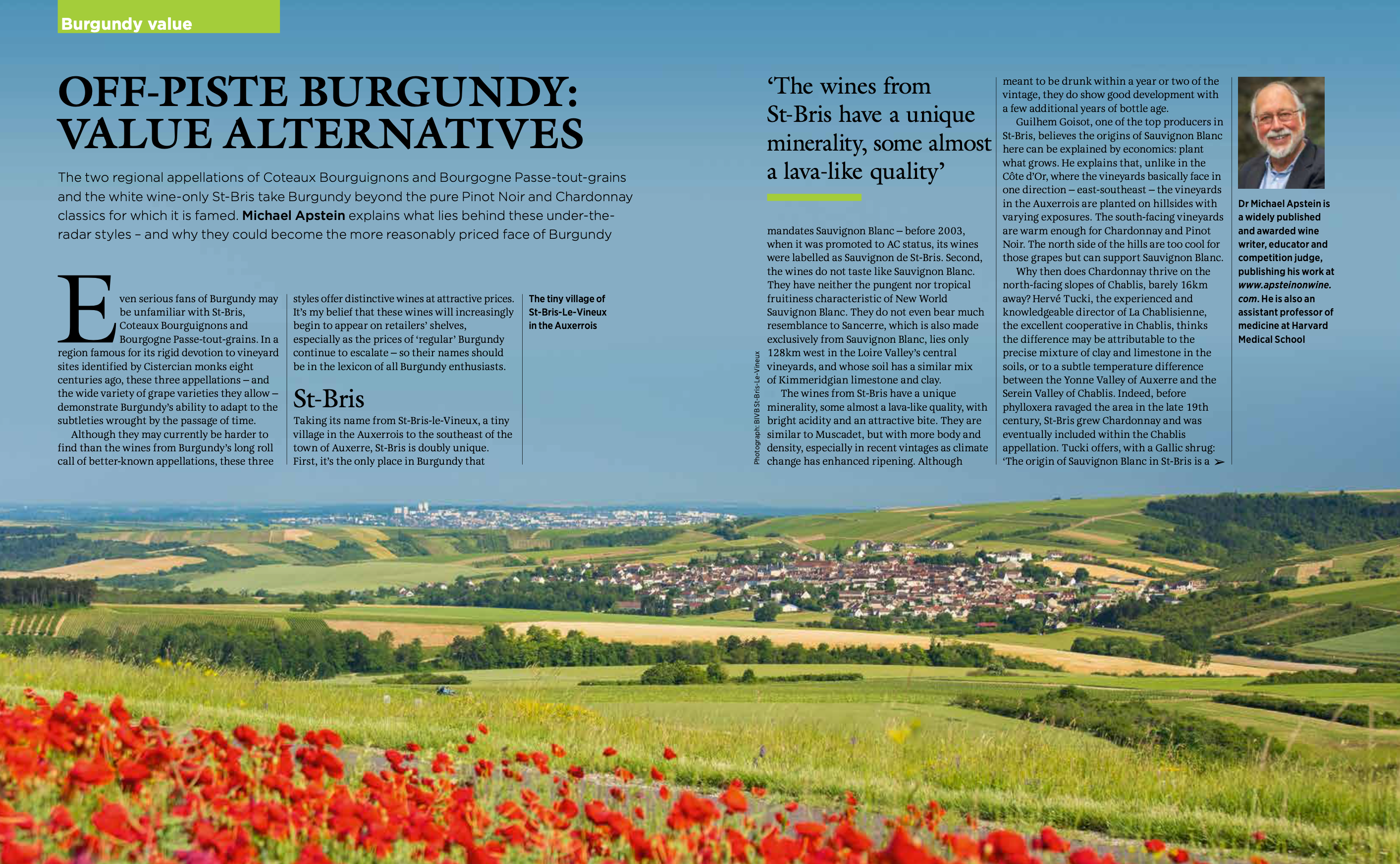($55):  This wine presents a fascinating comparison with the Farrell’s Dijon Clones Pinot Noir from the same vineyard. The winemaker says it’s a blend of five clones of Pinot Noir instead of two Dijon clones. It has the same power as the Dijon Clones bottling, but reveals less complexity at this stage. … Read more
This wine presents a fascinating comparison with the Farrell’s Dijon Clones Pinot Noir from the same vineyard. The winemaker says it’s a blend of five clones of Pinot Noir instead of two Dijon clones. It has the same power as the Dijon Clones bottling, but reveals less complexity at this stage. … Read more
All posts by admin
Gary Farrell Vineyards & Winery, Russian River Valley (Sonoma County, California) Pinot Noir Hallberg Vineyard Dijon Clones 2016
($60): 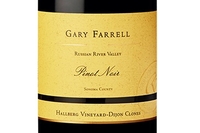 The warmer Russian River Valley compared to Farrell’s Fort Ross bottling explains the riper style of this Pinot Noir. Black fruit flavors mingle with savory earthy components in this juicy, bright, and long wine. Though slightly bigger and bolder than their Fort Ross Pinot Noir, it remains impeccably balanced. … Read more
The warmer Russian River Valley compared to Farrell’s Fort Ross bottling explains the riper style of this Pinot Noir. Black fruit flavors mingle with savory earthy components in this juicy, bright, and long wine. Though slightly bigger and bolder than their Fort Ross Pinot Noir, it remains impeccably balanced. … Read more
Gary Farrell Vineyards & Winery, Fort Ross – Seaview (Sonoma County, California) Pinot Noir Fort Ross Vineyard 2016
($75):  The Fort Ross Vineyard is a cold site, lying less than a mile from the Pacific Ocean and roughly 1,500 feet above sea level. The temperature rarely exceeds 85º, all of which explains the wine’s profile: a fabulous combination of beguiling fruitiness and smokey savory nuances. … Read more
The Fort Ross Vineyard is a cold site, lying less than a mile from the Pacific Ocean and roughly 1,500 feet above sea level. The temperature rarely exceeds 85º, all of which explains the wine’s profile: a fabulous combination of beguiling fruitiness and smokey savory nuances. … Read more
Site Trumps Everything
Sosie Wines, Sonoma County (California) Brut Nature “First Things First” 2018
($30): 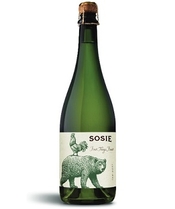 To borrow Sosie’s phrase, first things first: people will either love or hate this well-made sparkling wine because it’s different. Composed entirely of Roussanne, a white grape indigenous to France’s Rhône Valley, it conveys stone fruit — think nectarine-like — flavors. … Read more
To borrow Sosie’s phrase, first things first: people will either love or hate this well-made sparkling wine because it’s different. Composed entirely of Roussanne, a white grape indigenous to France’s Rhône Valley, it conveys stone fruit — think nectarine-like — flavors. … Read more
Gianni Gagliardo, Barolo DOCG (Piedmont, Italy) Castelletto 2013
($100, Enotec Imports / Blair Taylor Selection Denver):  The village of Monforte d’Alba, where the Castelletto vineyard is located, is a Barolo zone that typically produces weighty and muscular wines, similar to those from Serralunga d’Alba. So, I was surprised by lovely fragrance and elegance that emanated from Gagliardo’s bottling. … Read more
The village of Monforte d’Alba, where the Castelletto vineyard is located, is a Barolo zone that typically produces weighty and muscular wines, similar to those from Serralunga d’Alba. So, I was surprised by lovely fragrance and elegance that emanated from Gagliardo’s bottling. … Read more
Palladino, Barolo DOCG (Piedmont, Italy) S. Bernardo Riserva 2013
($88, Enotec Imports / Blair Taylor Selection Denver): 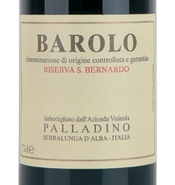 Though the 2016 vintage in Barolo has been receiving great critical acclaim — rightfully so — other vintages from that DOCG are not far behind. Case in point, this 2013 from Palladino, based in Serralunga d’Alba, a Barolo zone known for tannic and tough wines. … Read more
Though the 2016 vintage in Barolo has been receiving great critical acclaim — rightfully so — other vintages from that DOCG are not far behind. Case in point, this 2013 from Palladino, based in Serralunga d’Alba, a Barolo zone known for tannic and tough wines. … Read more
Barone Sergio, Eloro DOC (Sicily, Italy) Nero d’Avola “Sergio” 2018
($21, Artisanal Cellars): 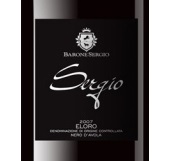 “Eloro is a grand cru for Nero d’Avola,” according to Ian d’Agata, one of the world’s foremost authorities on Italian wines. Barone Sergio has 75 acres of vineyards, two-thirds of which are devoted to that grape, one of Sicily’s most important varieties. … Read more
“Eloro is a grand cru for Nero d’Avola,” according to Ian d’Agata, one of the world’s foremost authorities on Italian wines. Barone Sergio has 75 acres of vineyards, two-thirds of which are devoted to that grape, one of Sicily’s most important varieties. … Read more
Tenuta Carretta, Roero DOCG (Piedmont, Italy) “Bric Paradiso” Riserva 2015
($55, Blicker Pierce Wagner Wine Merchants): 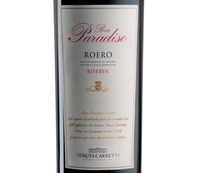 Roero, located on the left bank of the Tanaro River, across from the Langhe, produces lighter Nebbiolo-based wines compared to those from across the river due to a generally lighter soil. This, a fragrant beauty, has the Burgundian sensibility I call, “flavor without weight.” … Read more
Roero, located on the left bank of the Tanaro River, across from the Langhe, produces lighter Nebbiolo-based wines compared to those from across the river due to a generally lighter soil. This, a fragrant beauty, has the Burgundian sensibility I call, “flavor without weight.” … Read more
Tenuta Carretta, Barbaresco DOCG (Piedmont, Italy) “Garassino” 2016
($50, Consortium Wine & Spirits Imports):  Tenuta Carretta is the sole owner of 11.5-acre Garassino vineyard, a recognized MGA (Menzione Geografica Aggiuntiva) or “cru” in the Treiso part of the Barbaresco zone. It’s what the French would call a monopole. Their well-price 2016 is elegant and understated. … Read more
Tenuta Carretta is the sole owner of 11.5-acre Garassino vineyard, a recognized MGA (Menzione Geografica Aggiuntiva) or “cru” in the Treiso part of the Barbaresco zone. It’s what the French would call a monopole. Their well-price 2016 is elegant and understated. … Read more
Boscarelli, Vino Nobile di Montepulciano DOCG (Tuscany, Italy) Il Nocio 2016
($159, Empson USA): 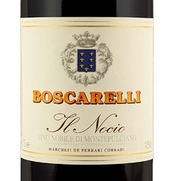 The 2016 Il Nocio is an extraordinary wine. Boscarelli is one of the top producers — some would say THE top producer — of Vino Nobile di Montepulciano. Il Nocio, from the vineyard of the same name, is their top wine. … Read more
The 2016 Il Nocio is an extraordinary wine. Boscarelli is one of the top producers — some would say THE top producer — of Vino Nobile di Montepulciano. Il Nocio, from the vineyard of the same name, is their top wine. … Read more
Colle Santa Mustiola di Fabio Cenni, Toscana IGT (Tuscany, Italy) Sangiovese Poggio ai Chiari 2011
($80, Selezioni Varietali):  This is my first encounter with this producer, but it certainly will not be my last given the quality of this wine. Their importer tells me Cenni’s focus is Sangiovese, with their 12 acres planted entirely with 28 clones of that variety. … Read more
This is my first encounter with this producer, but it certainly will not be my last given the quality of this wine. Their importer tells me Cenni’s focus is Sangiovese, with their 12 acres planted entirely with 28 clones of that variety. … Read more
A Winery in…L.A.?
California red wine selling for $150+ a bottle is not a rarity anymore. But who’s heard of a Los Angeles winery selling one for that price? For that matter, who’s heard of Los Angeles wineries at all? If you haven’t, you’re not alone. … Read more
Bocale di Valentini, Montefalco Sagrantino DOCG (Umbria, Italy) “Bocale” 2015
($47, Tradizione Imports): 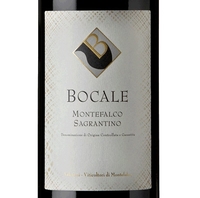 The Sagrantino grape does not make wimpy wines. So, there’s no surprise that this one is big and bold, weighing in at 15.5 percent stated-alcohol. And, as expected from wines from this DOCG, its tannic youthfulness is in evidence. … Read more
The Sagrantino grape does not make wimpy wines. So, there’s no surprise that this one is big and bold, weighing in at 15.5 percent stated-alcohol. And, as expected from wines from this DOCG, its tannic youthfulness is in evidence. … Read more
Boscarelli, Vino Nobile di Montepulciano DOCG (Tuscany, Italy) Il Nocio 2016
 ($159, Empson USA): The 2016 Il Nocio is an extraordinary wine. Boscarelli is one of the top producers — some would say THE top producer — of Vino Nobile di Montepulciano. Il Nocio, from the vineyard of the same name, is their top wine.
($159, Empson USA): The 2016 Il Nocio is an extraordinary wine. Boscarelli is one of the top producers — some would say THE top producer — of Vino Nobile di Montepulciano. Il Nocio, from the vineyard of the same name, is their top wine. Pietro Beconcini, Toscana IGT (Tuscany, Italy) “Reciso” 2015
($35, Beivuma Wines): 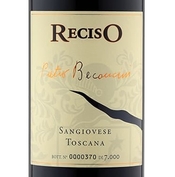 Beconcini, located in San Miniato, a small town halfway between Pisa and Florence, makes range of wines from a Chianti to this one, his top of the line. Made entirely from organically-grown Sangiovese, it’s a beauty, probably, in part at least, because of the age of the vines. … Read more
Beconcini, located in San Miniato, a small town halfway between Pisa and Florence, makes range of wines from a Chianti to this one, his top of the line. Made entirely from organically-grown Sangiovese, it’s a beauty, probably, in part at least, because of the age of the vines. … Read more
Colle Santa Mustiola di Fabio Cenni, Toscana IGT (Tuscany, Italy) Sangiovese Poggio ai Chiari 2011
($80, Selezioni Varietali):  This is my first encounter with this producer, but it certainly will not be my last given the quality of this wine. Their importer tells me Cenni’s focus is Sangiovese, with their 12 acres planted entirely with 28 clones of that variety. … Read more
This is my first encounter with this producer, but it certainly will not be my last given the quality of this wine. Their importer tells me Cenni’s focus is Sangiovese, with their 12 acres planted entirely with 28 clones of that variety. … Read more
Usiglian del Vescovo, Terre di Pisa DOC (Tuscany, Italy) “Il Barbiglione” 2015
($32, Wine Worldwide Inc): 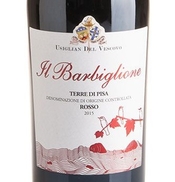 The Terre di Pisa DOC is not even a decade old, having been founded only in 2011. It’s a tiny area (less than 150 acres) with only a handful of producers, surrounding the Tuscan town of Pisa on Italy’s west coast, north of Bolgheri. … Read more
The Terre di Pisa DOC is not even a decade old, having been founded only in 2011. It’s a tiny area (less than 150 acres) with only a handful of producers, surrounding the Tuscan town of Pisa on Italy’s west coast, north of Bolgheri. … Read more
Castello La Leccia, Chianti Classico Gran Selezione (Tuscany, Italy) “Bruciagna” 2015
($40, Ideal Wine): 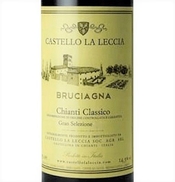 Gran Selezione, a category introduced a decade ago, sits at the pinnacle of the Chianti Classico quality pyramid, above Riserva. To qualify for this distinction, the wine must come from the producer’s estate — no purchased grapes allowed — be aged for a minimum of 30 months, and receive approval from a tasting panel. … Read more
Gran Selezione, a category introduced a decade ago, sits at the pinnacle of the Chianti Classico quality pyramid, above Riserva. To qualify for this distinction, the wine must come from the producer’s estate — no purchased grapes allowed — be aged for a minimum of 30 months, and receive approval from a tasting panel. … Read more
Tua Rita, Toscana IGT (Tuscany, Italy) “Rosso dei Notri” 2019
($22, Winebow): 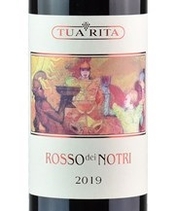 One of the things I admire about producers, such as Tua Rita, who can make a high-end wine (in Tua Rita’s case, their Redigaffi a $300+ per bottle Merlot) is that they can also produce a perfectly delightful $25 wine, such as this Rosso dei Notri. … Read more
One of the things I admire about producers, such as Tua Rita, who can make a high-end wine (in Tua Rita’s case, their Redigaffi a $300+ per bottle Merlot) is that they can also produce a perfectly delightful $25 wine, such as this Rosso dei Notri. … Read more
Poggioargentiera, Morellino di Scansano DOCG (Tuscany, Italy) “Bellamarsilia” 2019
($16): 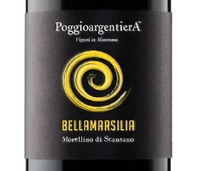 Morellino di Scansano is yet another Tuscan wine region that uses primarily Sangiovese for its red wines. Located in the Maremma part of Tuscany on the region’s southeast coast, it received DOCG designation (Italy’s highest official wine classification) in 2006. … Read more
Morellino di Scansano is yet another Tuscan wine region that uses primarily Sangiovese for its red wines. Located in the Maremma part of Tuscany on the region’s southeast coast, it received DOCG designation (Italy’s highest official wine classification) in 2006. … Read more
Capezzana, Carmignano DOCG (Tuscany, Italy) “Villa di Capezzana” 2010
($56, Dalla Terra Winery Direct): 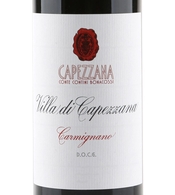 Carmignano, lying just northwest of Florence and Tuscany’s smallest DOCG, is really the original Super Tuscan. Regulations there mandated the marriage of Cabernet, either Sauvignon or Franc, with Sangiovese long before that blend became popular elsewhere in Tuscany. … Read more
Carmignano, lying just northwest of Florence and Tuscany’s smallest DOCG, is really the original Super Tuscan. Regulations there mandated the marriage of Cabernet, either Sauvignon or Franc, with Sangiovese long before that blend became popular elsewhere in Tuscany. … Read more
Decanter July 2020: Apstein on Value Burgundies
Dry Creek Vineyard, Dry Creek Valley (Sonoma County, California) Old Vine Zinfandel 2017
($35): 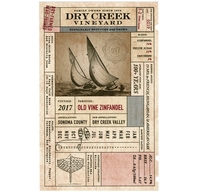 Full disclosure, Zinfandel is one of my least favorite wines. Petit Sirah runs a close second because both usually are impossibly overdone wines. So, I shuddered when I read the blend: Zinfandel (76%), Petit Sirah (22%) and Carignane. But that’s why you taste. … Read more
Full disclosure, Zinfandel is one of my least favorite wines. Petit Sirah runs a close second because both usually are impossibly overdone wines. So, I shuddered when I read the blend: Zinfandel (76%), Petit Sirah (22%) and Carignane. But that’s why you taste. … Read more
Rocca delle Macìe, Chianti Classico Riserva DOCG (Tuscany, Italy) Pian della Casina “Sergioveto” 2016
($53, Palm Bay International): 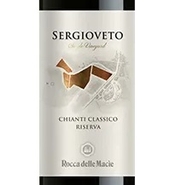 Rocca delle Macìe changed the blend, vineyard site, and appellation for this wine starting with the 2015 vintage. The wine was originally created in 1985 as a Super Tuscan by Italo Zingarelli, the company’s founder, and named for his son, Sergio, the current head of the company. … Read more
Rocca delle Macìe changed the blend, vineyard site, and appellation for this wine starting with the 2015 vintage. The wine was originally created in 1985 as a Super Tuscan by Italo Zingarelli, the company’s founder, and named for his son, Sergio, the current head of the company. … Read more
Domaine Saint Gayan, Côtes du Rhône (Rhône Valley, France) “Trescartes” 2016
($15, Europvin USA): 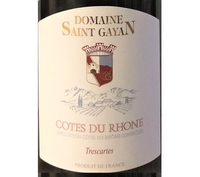 Domaine Saint Gayan, known for their Gigondas, also makes a notable Côtes du Rhône from grapes grown in the neighboring villages of Seguret and Sablet, two of the named villages of the more prestigious Côtes du Rhône-Villages appellation, according to their website. … Read more
Domaine Saint Gayan, known for their Gigondas, also makes a notable Côtes du Rhône from grapes grown in the neighboring villages of Seguret and Sablet, two of the named villages of the more prestigious Côtes du Rhône-Villages appellation, according to their website. … Read more
Domaine du Pavillon (Bichot), Meursault (Burgundy, France) 2018
($100): 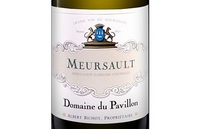 This village Meursault, a blend of five plots from the northern end of the appellation, is vinified at the Domaine du Pavillon, just down the road in Pommard. One taste shows the dramatic textural difference between this white from the Côte d’Or and the Les Champs-Michaux from the Côte Chalonnaise. … Read more
This village Meursault, a blend of five plots from the northern end of the appellation, is vinified at the Domaine du Pavillon, just down the road in Pommard. One taste shows the dramatic textural difference between this white from the Côte d’Or and the Les Champs-Michaux from the Côte Chalonnaise. … Read more
Domaine Adélie (Bichot), Mercurey (Burgundy, France) “Les Champs-Michaux” 2018
($55): 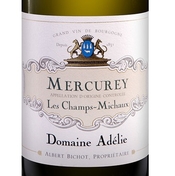 Albéric Bichot purchased this almost 20-acre estate in Mercurey in 2003, the year of his first daughter’s birth. Hence the name of the domaine. Mercurey is known for its red wines, but with more whites like this one, the reputation of its whites might well outdistance the reds. … Read more
Albéric Bichot purchased this almost 20-acre estate in Mercurey in 2003, the year of his first daughter’s birth. Hence the name of the domaine. Mercurey is known for its red wines, but with more whites like this one, the reputation of its whites might well outdistance the reds. … Read more
Domaine du Pavillon (Bichot), Corton-Charlemagne Grand Cru (Burgundy, France) 2018
($260):  Bichot owns about three acres in the Les Languettes lieu-dit, a sunny southeast facing part of the Corton-Charlemagne vineyard. From it, they have made a glorious wine in 2018, showing nuances of spiced pineapple offset by a crispy edginess. Its stature is not in overall weight or power, rather in its layered complexity and elegance. … Read more
Bichot owns about three acres in the Les Languettes lieu-dit, a sunny southeast facing part of the Corton-Charlemagne vineyard. From it, they have made a glorious wine in 2018, showing nuances of spiced pineapple offset by a crispy edginess. Its stature is not in overall weight or power, rather in its layered complexity and elegance. … Read more
Domaine Long-Depaquit (Bichot), Chablis Grand Cru (Burgundy, France) “Les Clos” 2018
($112):  With holdings totaling 150 acres of vines, almost half of which are located in Premier or Grand Cru vineyards, Bichot’s Long-Depaquit is one of the most notable estates in Chablis. They own roughly ten percent of all Grand Cru acreage in Chablis, including the entirety of La Moutonne, an anomalous site of almost 6-acres spanning two Grand Cru vineyards, Vaudésir and Preuses. … Read more
With holdings totaling 150 acres of vines, almost half of which are located in Premier or Grand Cru vineyards, Bichot’s Long-Depaquit is one of the most notable estates in Chablis. They own roughly ten percent of all Grand Cru acreage in Chablis, including the entirety of La Moutonne, an anomalous site of almost 6-acres spanning two Grand Cru vineyards, Vaudésir and Preuses. … Read more
Domaine du Pavillon (Bichot), Pommard (Burgundy, France) “Clos des Ursulines” 2018
($55): 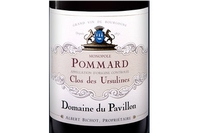 Unlike Bordeaux, most Burgundy vineyards are divided among multiple owners, which explains why the consumer can see multiple bottlings of Pommard Epenots, for example. By contrast, Clos des Ursulines, a nearly 10-acre vineyard located in the southeast part of the village, is owned entirely by the Domaine du Pavillon. … Read more
Unlike Bordeaux, most Burgundy vineyards are divided among multiple owners, which explains why the consumer can see multiple bottlings of Pommard Epenots, for example. By contrast, Clos des Ursulines, a nearly 10-acre vineyard located in the southeast part of the village, is owned entirely by the Domaine du Pavillon. … Read more
Château Gris (Bichot), Nuits-Saint Georges 1er Cru (Burgundy, France) 2018
($130):  The 1er cru vineyard, Château Gris, takes its name from the 19th century castle the Earl of Lupé-Cholet built on the site after phylloxera destroyed the vines. Instead of the usual multi-colored tiles of Burgundian roofs, it had only slate tiles, giving arise to the nickname of Gris (grey). … Read more
The 1er cru vineyard, Château Gris, takes its name from the 19th century castle the Earl of Lupé-Cholet built on the site after phylloxera destroyed the vines. Instead of the usual multi-colored tiles of Burgundian roofs, it had only slate tiles, giving arise to the nickname of Gris (grey). … Read more
Domaine du Clos Frantin (Bichot), Echézeaux Grand Cru (Burgundy, France) 2018
($360):  Bichot’s Domaine du Clos Frantin owns two and a third acres in the lieu-dit of Champs Traversin from which they make a consistently spectacular Echézeaux. The 2018 is no exception. It is explosive, yet not weighty. It delivers a touch of spice along with a plethora of subtle fruit flavors. … Read more
Bichot’s Domaine du Clos Frantin owns two and a third acres in the lieu-dit of Champs Traversin from which they make a consistently spectacular Echézeaux. The 2018 is no exception. It is explosive, yet not weighty. It delivers a touch of spice along with a plethora of subtle fruit flavors. … Read more
Domaine de Rochegrès (Bichot), Domaine de Rochegrès (Bichot) (Beaujolais, Burgundy, France) 2018
($28): 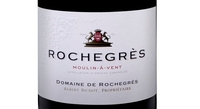 Bichot purchased this 12.5-acre estate in the heart of Moulin-a-Vent, arguably the top Beaujolais cru, in 2014. The grapes come from three lieux-dits within Moulin-a-Vent, La Rochelle, Au Mont, and the young vines from Rochegrès itself. It is ripe, spicy and suave, combining richness, minerality and bright acidity. … Read more
Bichot purchased this 12.5-acre estate in the heart of Moulin-a-Vent, arguably the top Beaujolais cru, in 2014. The grapes come from three lieux-dits within Moulin-a-Vent, La Rochelle, Au Mont, and the young vines from Rochegrès itself. It is ripe, spicy and suave, combining richness, minerality and bright acidity. … Read more
Terre del Palio, Rosso di Montalcino DOC (Tuscany, Italy) 2017
($32, Seaview Imports): 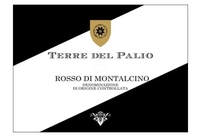 Rosso di Montalcino is a great introduction to Brunello di Montalcino, one of Italy’s greatest wines. Similar to Brunello, Rosso must be made entirely from Sangiovese — no blending with Cabernet, Merlot, or anything allowed. This mid-weight wine delivers sour cherry-like fruitiness — the Sangiovese speaking — and a hint of tarry minerality, which is emblematic of the area. … Read more
Rosso di Montalcino is a great introduction to Brunello di Montalcino, one of Italy’s greatest wines. Similar to Brunello, Rosso must be made entirely from Sangiovese — no blending with Cabernet, Merlot, or anything allowed. This mid-weight wine delivers sour cherry-like fruitiness — the Sangiovese speaking — and a hint of tarry minerality, which is emblematic of the area. … Read more
I Magredi, Friuli Grave DOC (Friuli Venezia Giulia, Italy) Cabernet Sauvignon 2018
($17, Seaview Imports):  Most people don’t think of northeastern Italy for Cabernet Sauvignon. Indeed, Friuli Venezia Giulia is home to some of Italy’s best white wines. But, some Cabernet — both Sauvignon and Franc — are grown on the well-drained gravelly soil, which gives its name to the DOC (Friuli Grave). … Read more
Most people don’t think of northeastern Italy for Cabernet Sauvignon. Indeed, Friuli Venezia Giulia is home to some of Italy’s best white wines. But, some Cabernet — both Sauvignon and Franc — are grown on the well-drained gravelly soil, which gives its name to the DOC (Friuli Grave). … Read more
Finca Mangato, Tupungato (Mendoza, Argentina) “Estela Perinetti” 2016
($55, Seaview Imports):  The name of the wine, Estela Perinetti, is also the name of the owner and winemaker at Finca Mangato. She is one of Argentina’s first female winemakers and viticulturists, according to the Finca Mangato website. She should know a thing or two about making wine in Argentina since, according to her biographical sketch, she worked with the Catena family, one of, if not the country’s leading wine family, for two decades. … Read more
The name of the wine, Estela Perinetti, is also the name of the owner and winemaker at Finca Mangato. She is one of Argentina’s first female winemakers and viticulturists, according to the Finca Mangato website. She should know a thing or two about making wine in Argentina since, according to her biographical sketch, she worked with the Catena family, one of, if not the country’s leading wine family, for two decades. … Read more
Bichot is Back
Frog’s Leap Winery, Rutherford, Napa Valley (California) Merlot 2017
($40): 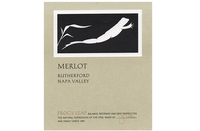 This Merlot shows why it’s such a popular kind of wine. Silky tannins enrobe plummy-like fruitiness and make this wine a delight to drink now. In the Frog’s Leap style, it shows restraint, impressing you with elegance and suaveness rather than weight and power. … Read more
This Merlot shows why it’s such a popular kind of wine. Silky tannins enrobe plummy-like fruitiness and make this wine a delight to drink now. In the Frog’s Leap style, it shows restraint, impressing you with elegance and suaveness rather than weight and power. … Read more
Frog’s Leap Winery, Rutherford, Napa Valley (California) Cabernet Sauvignon Estate Grown 2017
($65): 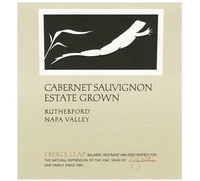 John Williams, owner and winemaker at Frog’s Leap, has a knack for whimsy. It’s apparent from his website, from his tagline, “time’s fun when you’re having flies,” to the fine print at the very end of the back label —”open other end.” … Read more
John Williams, owner and winemaker at Frog’s Leap, has a knack for whimsy. It’s apparent from his website, from his tagline, “time’s fun when you’re having flies,” to the fine print at the very end of the back label —”open other end.” … Read more
Frog’s Leap Winery, Napa Valley (California) Zinfandel 2018
($35): 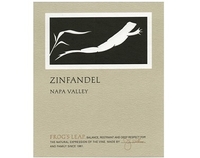 Here’s a Zinfandel for those of us who generally avoid that wine. Frog’s Leap signature style of restraint highlights the charms of the varietal. Briary and spicy notes complement its dark fruitiness. Bursting with flavor, yet not overdone, it’s balanced. … Read more
Here’s a Zinfandel for those of us who generally avoid that wine. Frog’s Leap signature style of restraint highlights the charms of the varietal. Briary and spicy notes complement its dark fruitiness. Bursting with flavor, yet not overdone, it’s balanced. … Read more
Dry Creek Vineyard, Dry Creek Valley (Sonoma County, California) “The Mariner” 2017
($50): 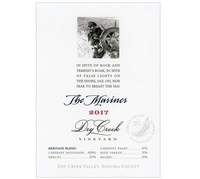 Dry Creek Vineyard, founded by David Stare in 1972, has been a leader in the Dry Creek Valley wine renaissance. Stare started by focusing on Sauvignon Blanc because of his love of Loire Valley wines, but quickly expanded the portfolio. … Read more
Dry Creek Vineyard, founded by David Stare in 1972, has been a leader in the Dry Creek Valley wine renaissance. Stare started by focusing on Sauvignon Blanc because of his love of Loire Valley wines, but quickly expanded the portfolio. … Read more
Rocca delle Macìe, Toscana IGP (Tuscany, Italy) Cabernet Sauvignon “Roccato” 2016
($58, Palm Bay International): 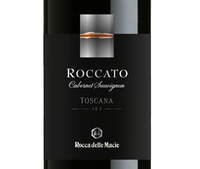 Rocca delle Macìe created Roccato, their Super Tuscan 50/50 Sangiovese-Cabernet Sauvignon blend, in 1988. Starting with the 2015 vintage, it is now entirely Cabernet Sauvignon, which is grown on their Poggio alle Pecchie vineyard on the Le Macìe estate located in Castellina in Chianti. … Read more
Rocca delle Macìe created Roccato, their Super Tuscan 50/50 Sangiovese-Cabernet Sauvignon blend, in 1988. Starting with the 2015 vintage, it is now entirely Cabernet Sauvignon, which is grown on their Poggio alle Pecchie vineyard on the Le Macìe estate located in Castellina in Chianti. … Read more
Rocca delle Macìe, Chianti Classico Riserva DOCG (Tuscany, Italy) “Famiglia Zingarelli” 2017
($27, Palm Bay International): 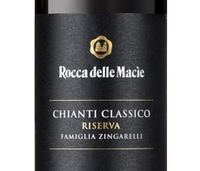 This is great success for the difficult and hot 2017 vintage in Chianti Classico. One producer was so despondent he actually told me that you could forget about the vintage entirely. This wine clearly shows that assessment to be inaccurate. … Read more
This is great success for the difficult and hot 2017 vintage in Chianti Classico. One producer was so despondent he actually told me that you could forget about the vintage entirely. This wine clearly shows that assessment to be inaccurate. … Read more
Rocca delle Macìe, Chianti Classico DOCG Gran Selezione (Tuscany, Italy) “Sergio Zingarelli” 2016
($100, Palm Bay International): 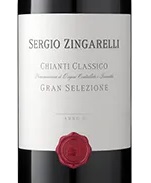 As with their superb Chianti Classico Riserva, “Sergioveto,” Rocca delle Macìe has tweaked the style of their Chianti Classico Gran Selezione “Sergio Zingarelli.” They reduced the oak aging and eliminated the Colorino, so the 2016 is made entirely from Sangiovese. … Read more
As with their superb Chianti Classico Riserva, “Sergioveto,” Rocca delle Macìe has tweaked the style of their Chianti Classico Gran Selezione “Sergio Zingarelli.” They reduced the oak aging and eliminated the Colorino, so the 2016 is made entirely from Sangiovese. … Read more
Jean Hugues & Guilhem Goisot, La Ronce, St-Bris, 2017
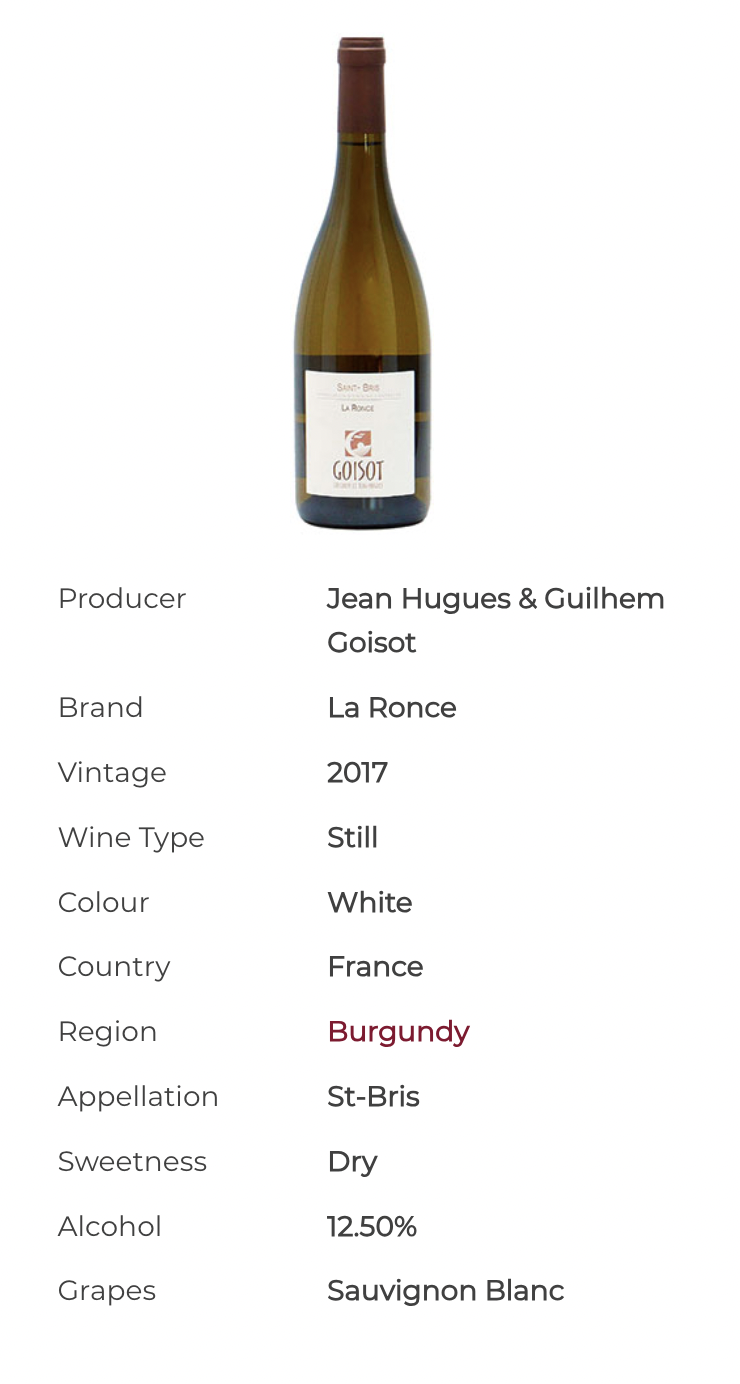 Drinking Window: 2020 – 2024
Drinking Window: 2020 – 2024Off-piste Burgundy: Value alternatives
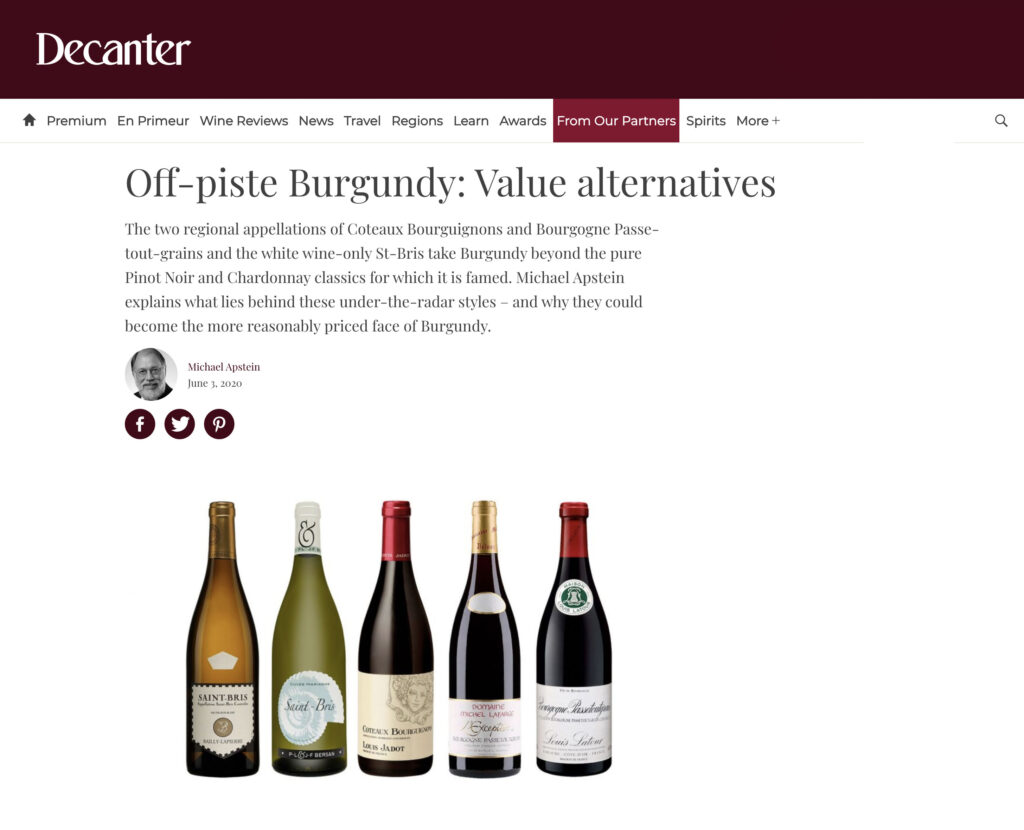
Even serious fans of Burgundy may be unfamiliar with St-Bris, Coteaux Bourguignons and Bourgogne Passe-tout-grains. In a region famous for its rigid devotion to vineyard sites identified by Cistercian monks eight centuries ago, these three appellations – and the wide variety of grape varieties they allow – demonstrate Burgundy’s ability to adapt to the subtleties wrought by the passage of time.… Read more
Louis Latour, Bourgogne, Passetoutgrains, Burgundy, 2017
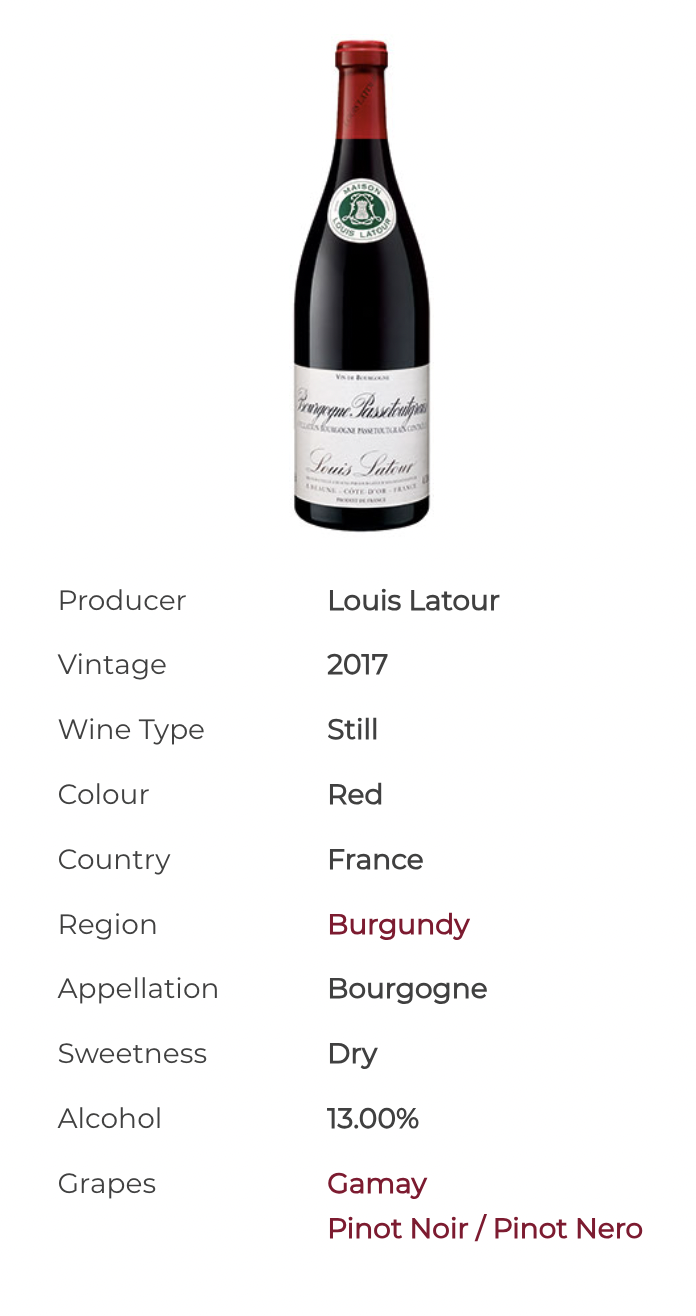 Drinking Window: 2020 – 2021
Drinking Window: 2020 – 2021Domaine Bernard Moreau, Bourgogne, Passetoutgrains, 2017
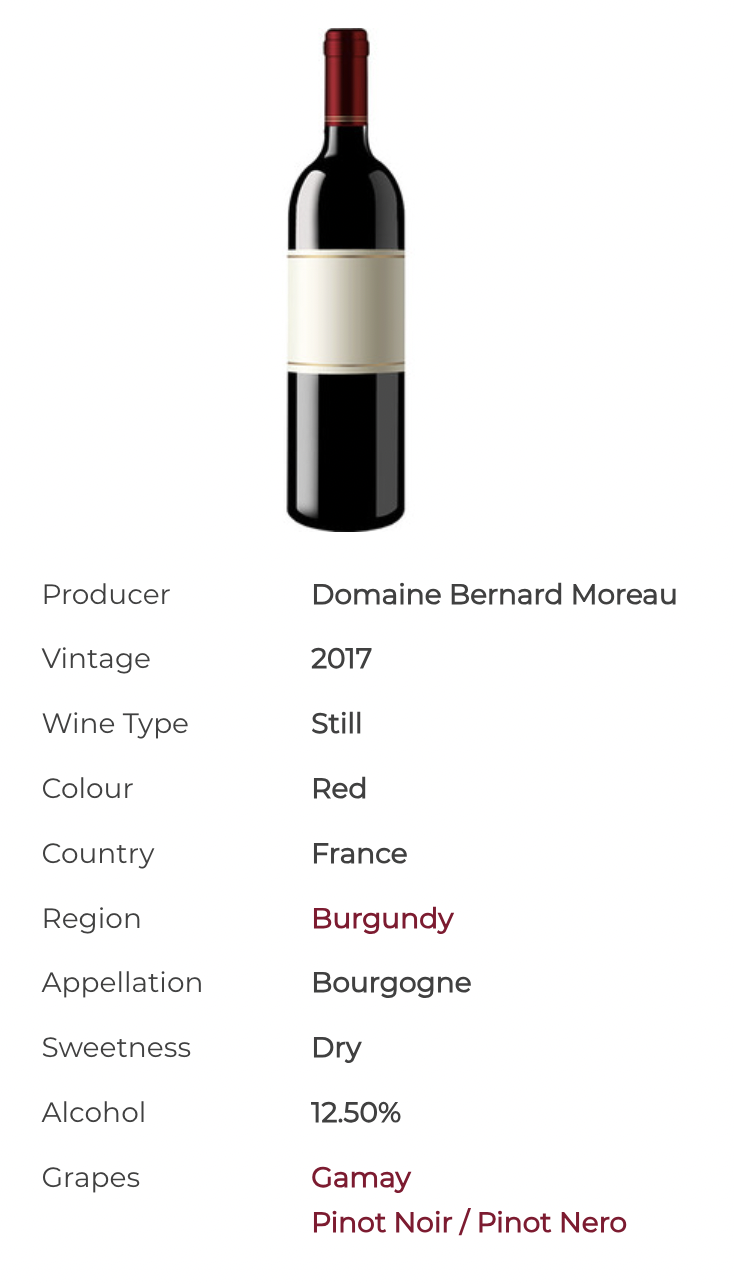 Drinking Window: 2020 – 2022
Drinking Window: 2020 – 2022Domaine Trapet Père & Fils, A Minima, Bourgogne, Passetoutgrains, Burgundy, 2017
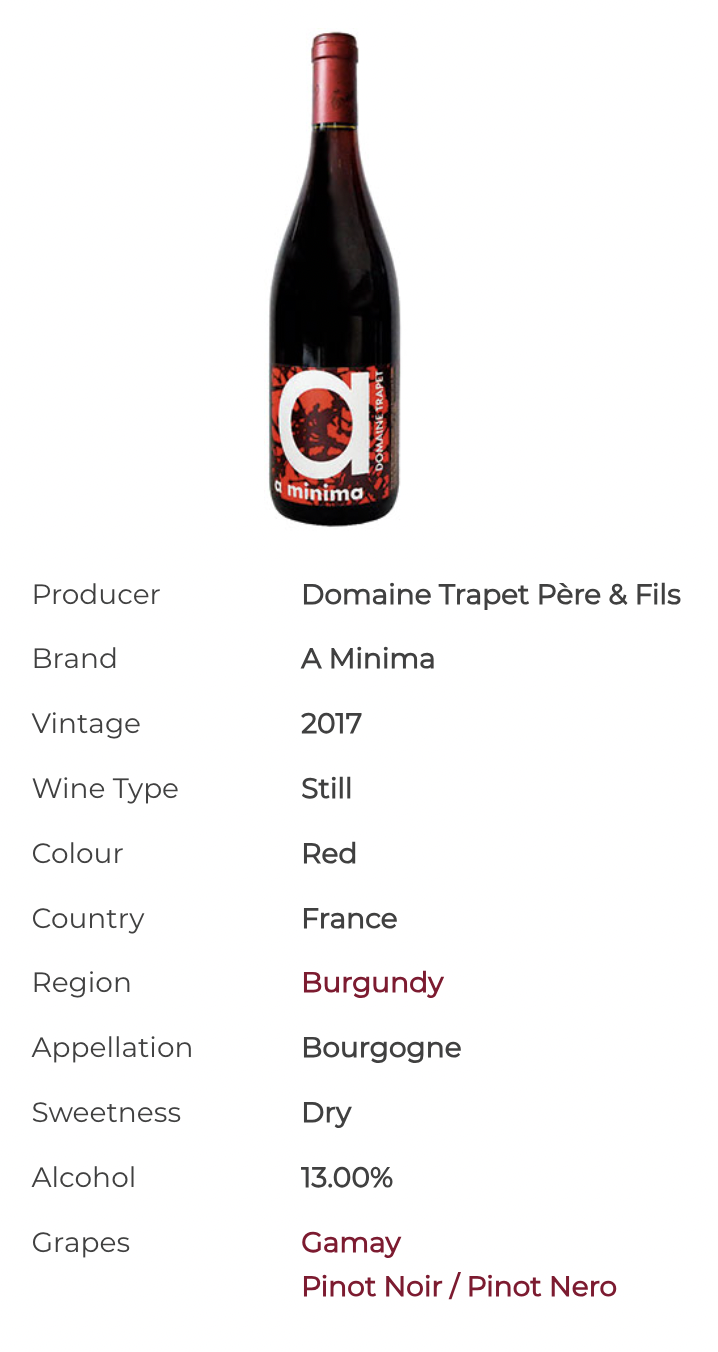 Drinking Window: 2020 – 2025
Drinking Window: 2020 – 2025
